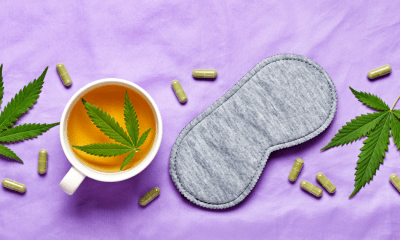The terpenes found in cannabis are thought to help with sleep issues such as insomnia. Did you know that terpenes can also be found in other plants?
Cannabis may help with lengthening sleep time, improving the quality and shortening the time it takes to fall asleep. Combining CBD with different terpenes could help to potentially strengthen its effectiveness such as lavender in the evening for relaxation.
What are terpenes?
Terpenes are the active aromatic molecules found in plants that cause smell and taste. Most people associate them with cannabis plants as they are high in concentration but there are other plants or fruits such as pine, lavender and lemon. In nature, these terpenes protect the plants from animal grazing or infectious germs. Some terpenes play a protective role in helping the plant to recover from damage. Others can act as an immune system to keep away infectious diseases.
There are thousands of different terpenes in existence with different potential benefits such as reducing inflammation, lowering anxiety, increasing feelings of calm or relaxation. One benefit is their ability to potentially improve our sleep patterns and make it easier to fall asleep. Individual terpenes have different effects such as sedation and stimulation.
Brands use isolated terpenes to create the flavours and scents of many everyday products, such as perfumes, body products, and even cleaning products.
Here are three different terpenes to try for sleep
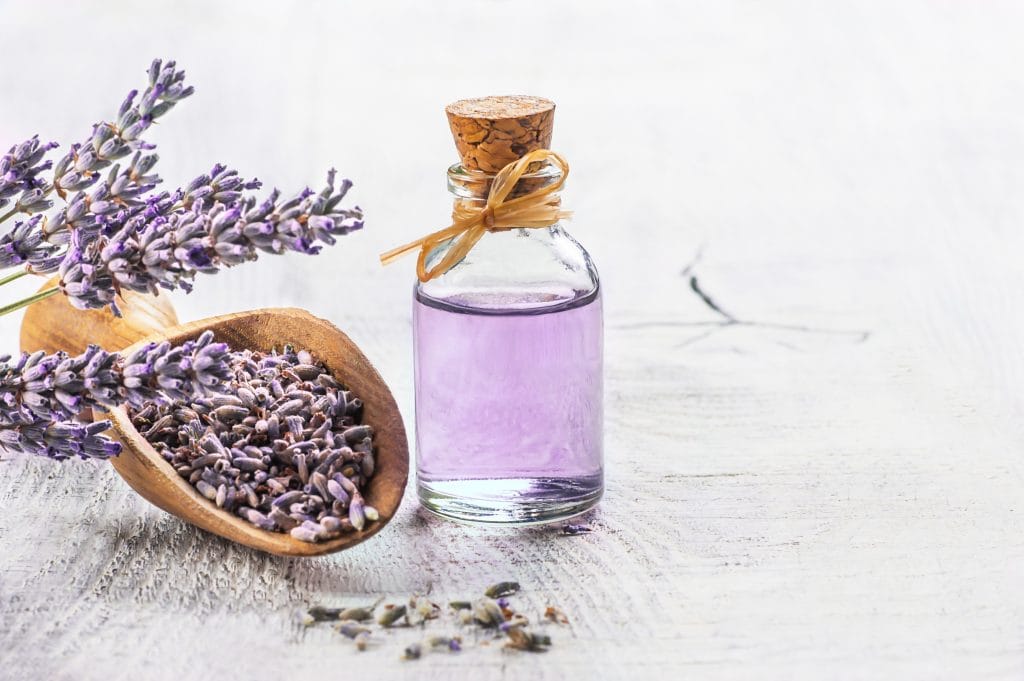
Linalool
Linalool is the naturally occurring terpene found in lavender. It may have the same benefits that CBD is associated with. It is thought to help with anxiety, depression and sleep issues. This is why lavender is often associated with sleep. Linalool can also be found in geraniums, roses, chamomile and cannabis. It may also increase adenosine which is a sedating hormone that can help us to fall asleep.
A Japanese study reported that linalool could potentially help to reduce sleep problems in dementia patients. During the study, 19 patients inhaled lavender before trying to fall asleep for 20 days. The patients reported better, longer sleep on the days where they inhaled the lavender than when they did not.
Another study published in Phytomedicine in 2002 examined the anti-inflammatory effect of linalool as well as linalyl acetate. It found that both linalool and linalyl may play a major role in anti-inflammation activity caused by essentials oils containing them.
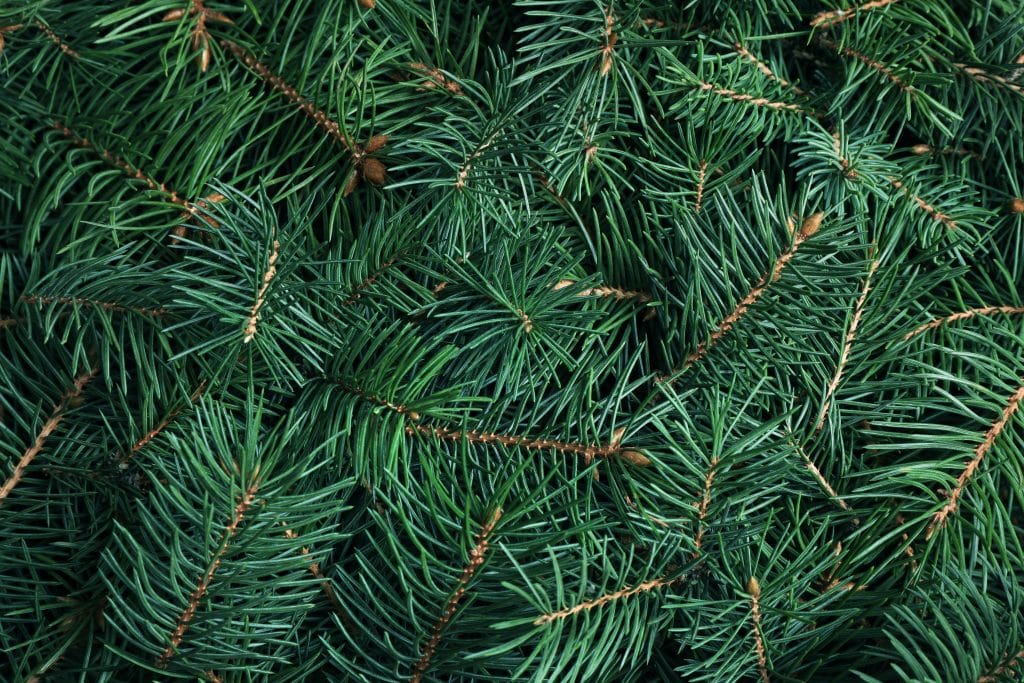
Learn more: Provacan share the top categories of CBD for consumers
Pinene
Pinene is the terpene found in pine. Pinene provides the fresh scent of many different plants, including pine needles, rosemary, and basil. Pinene is also responsible for the ‘Christmas smell.’
A study from 2017 reveals that the amount of pinene in the air of a forest could be therapeutic. Pinene can be a bronchodilator that allows more air into the lungs. It is thought to have an anti-inflammatory effect and may act as an anti-bacterial protecting the body from germs.
When it comes to sleep, another animal study has shown potential for increasing non-REM sleep, reducing the time it takes to fall asleep and lowering anxiety.
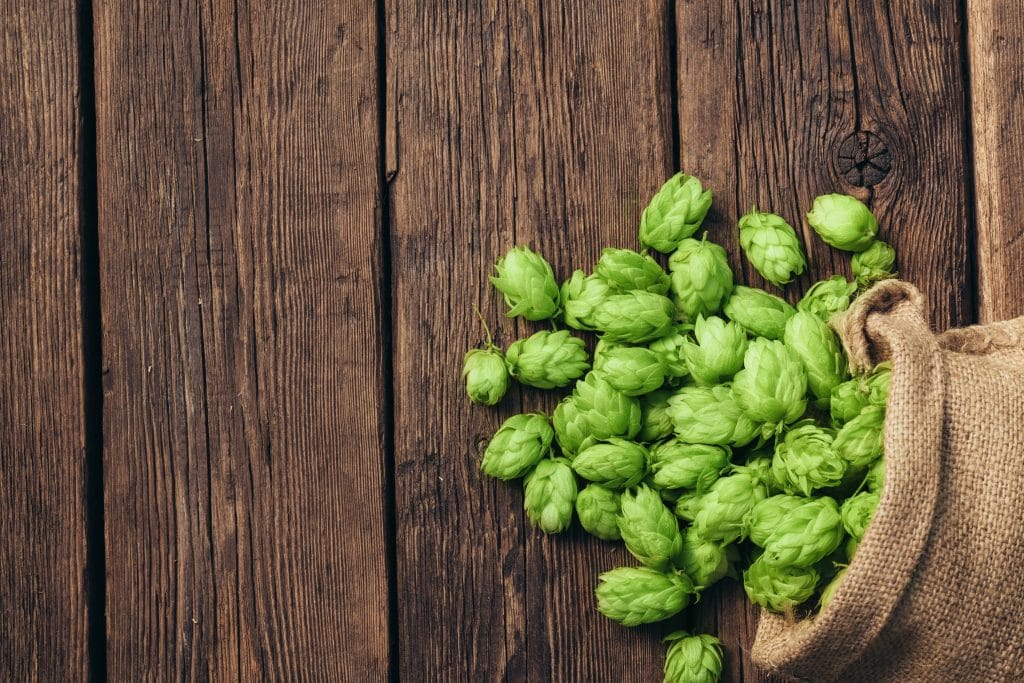
Myrcene
The terpene myrcene can be found in hops, lemongrass and thyme. The flowers of the cannabis plant also contain myrcene. Hops and ylang-ylang also contain myrcene and have been associated with sleep.
One study on mice revealed that myrcene could be a powerful antioxidant protecting the brain against oxidative damage following a stroke. Although this study used very high concentrations of myrcene.
Anecdotal evidence suggests that eating a ripe mango before consuming cannabis can boost the psychoactive effects due to the myrcene content of the fruit. This is thought to be because it naturally synergises with THC allowing it to easily bridge the blood-brain barrier.
Read more: Could hemp help to reduce climate change and environmental damage?

 News6 months ago
News6 months ago
 Science5 months ago
Science5 months ago
 Industry6 months ago
Industry6 months ago
 News6 months ago
News6 months ago
 News5 months ago
News5 months ago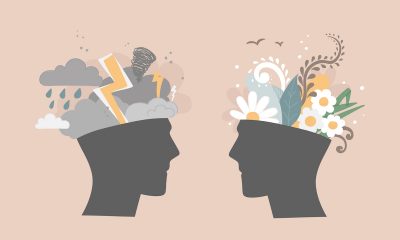
 Health5 months ago
Health5 months ago
 News5 months ago
News5 months ago
 Health3 months ago
Health3 months ago







